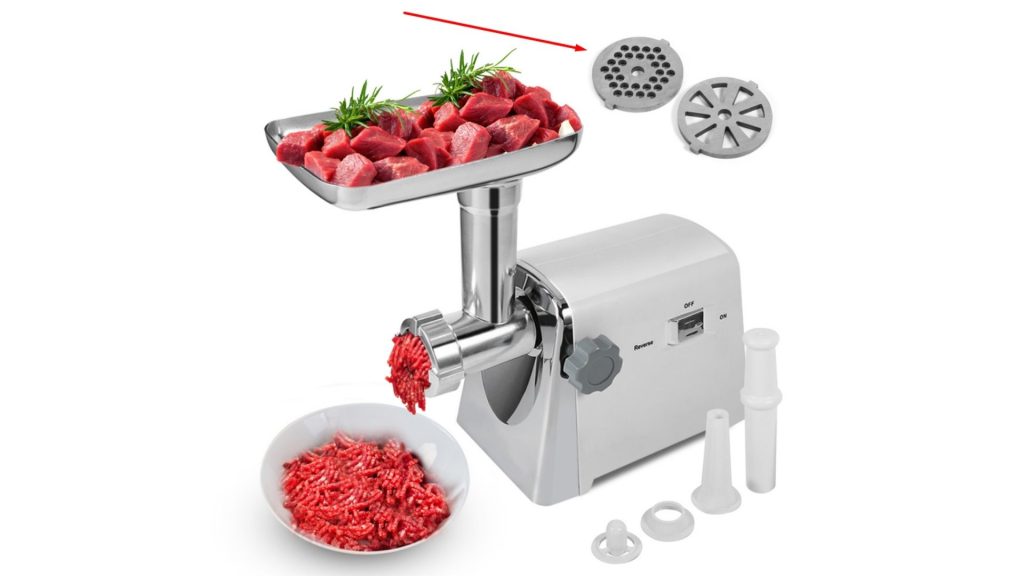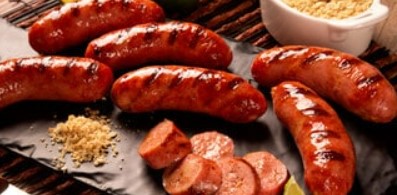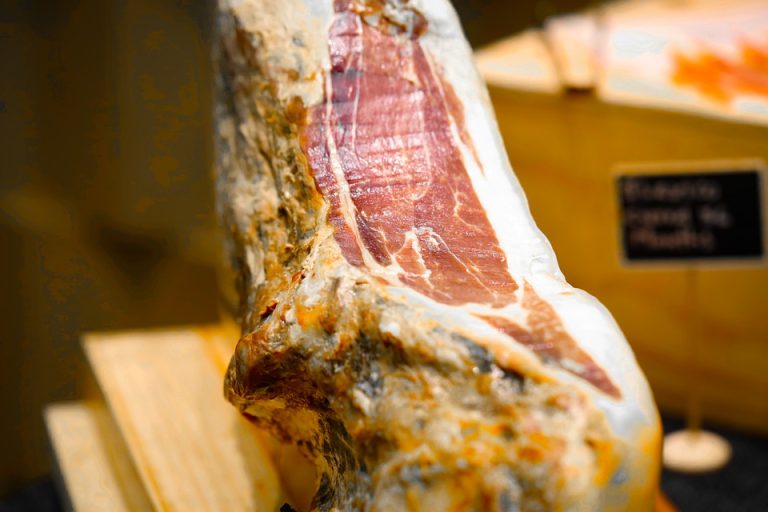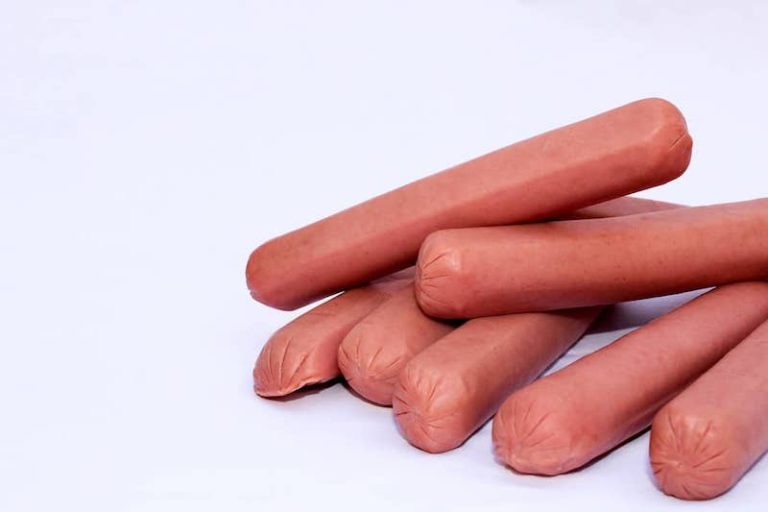What Size Plate for Grinding Sausage Do I Need?
A meat grinder is a great addition to any kitchen, regardless of whether you are new to sausage making or already a pro.
The plate size you need will depend on the type of grinder you are using.
Some grinders are designed for a specific size, and a grinding plate is required with that style of grinder.
In other cases, a small grinding plate is used for a meat grinder and a larger plate is used for a sausage stuffer.
If you love making your own sausages at home, you will be thankful for the convenience you will get with this device. Sausage lovers prefer to purchase plates separately from the grinder, which usually comes with them.
Depending on the type of sausage they choose, the plate they choose will be suitable. Some sausage lovers prefer to grind all their first batches through the largest plate.
Some people start with the coarse plate and then move on to the fine grade plate. This brings us to the question of what size plate is needed for grinding sausage.
The choice of sausage will vary from person to person, according to most sausage experts, some prefer to grind their sausage meat for more turns than others. The plate size is determined by the taste and preference of the individual.
If you have been having difficulty finding a plate for grinding sausages, you have come to the right place.
In this article, I will show you the available sizes and when you should use them.
Table of Contents
What Is a Meat Grinder Plate?

A meat grinder plate is a piece of metal that is attached to the grinder. The sausage is shaped by the meat that passes through it after being ground.
The grinder plates are usually made from carbon steel or stainless steel and are long-lasting.
Commercial entities such as restaurants and butcher shops use different meat plates, but more home cooks are investing in them as well.
Meat plates make it possible for them to make sausages that are perfect in size and texture. There are different diameter meat plates with a different number of holes.
The smaller the plate, the fewer holes it will have. For example, if you use a certain cut of meat to make pepperoni or bologna sausage, the slotting holes will determine it.
You might see the sign if you take a look at your grinder. There is a number next to it that displays the size of the grinder.
The most common sizes are five, eight, twelve, twenty, and thirty-two. The plate diameter is largely dependent on the size.
The table below contains more information about the grinder numbers, plate diameter, type of grind, and when it is recommended.
The plate number and the grinder number are virtually the same.
| Plate Number | Plate Size | Type of Grind | Recommended For |
| #5 | 2 1/8 inches | Fine Grind | Bologna, Jerky, Hot Dogs, Snack Sticks |
| #8 | 2 1/2 inches | Medium | Breakfast Sausage, Polish, and Italian Sausage |
| #12 | 2 3/4 inches | Coarse | Salami, Summer Sausage, Bratwurst |
| #22 | 3 1/4 inches | Coarse | Chili Meat Sausage, Chorizo |
| #32 | 3 15/16 inches | Coarse | Chili, Chorizo, Linguica, Stew Sausage |
What Meat Grinder Plate Sizes Are There?
Depending on the diameter of the plate, there are different sizes of meat grinder plates.
The most common plate sizes are 2 1/2 inches, 2 1/2 inches, 2 1/2 inches, 2 1/2 inches, 31/4 inches, and 6 inches.
The standard sizes for home use are the first five featured on the table. They are used by restaurants or butcher shops that require more production.
When thinking about what size plate for grinding sausage you need, most suggestions will be based on the hole diameter.
Sausage texture and how it will be used depending on the size of those holes. The most common hole sizes are listed here.
- 3/32 inches
- 1/8 inches
- 5/32 inches
- 3/16 inches
- 1/4 inches
- 5/16 inches
- 3/8 inches
- 1/2 inches
- 3/4 inches
A fine grind will be provided by the 3/32 inch and 1/8 inch holes.
Breakfast sausages, German and Polish sausages, and hamburger sausage are better suited for 5/32 inch and 3/16 inch holes.
If you prefer a coarse grind and would like to make hamburger sausage, summer sausage, or bratwurst, then 1/2 inch and 5/16 inch are the way to go.
The first grind of chili meat and chorizo should be done with holes of at least 3 inches.
If you are looking for plates for Linguica or stew sausage, you could also give them plates with 1/2 or 1/3 of an inch.
What Size Meat Grinder Plate Should I Use for Sausage Making?
Now that you have all the knowledge about plate sizes and hole sizes, how do you pick the perfect plate?
This isn’t set in stone, although there are suggestions on which plates are suitable for which type of sausages.
You should expect to like how it grinds your meat if you get a particular plate size. It’s possible that the sausage you get isn’t suited for you.
The choice of the plate size is dependent on the style of grinding you do. Are you a fan of eating sausage with a fine or dense texture?
Is the amount of fat important? All of these factors matter to you.
Some sausage lovers prefer to start with the coarse grind, no matter the type of sausage, and finish with the fine grind.
The choice for them would be 1/2 inch, 1/3 inch, and 1/6 inch hole plates. Sausages with a better texture and less fat will be more popular.
The first batches of meat are usually served with 1/2 inch hole plates. Sausage will be ground with fine grade plates after they add seasoning or cures.
Conclusion
If you are new to sausage grinding, it is important to get the right tools, such as the grinder and plates.
When you need something for home use, it’s a good idea to pick a grinder that’s easy to use.
Is it a good idea to get a sizing plate for grinding sausages?
Well, this can be difficult to answer. It is important to know what the grinder number means, plate sizes, and plate hole sizes.
Sausage lovers should be aware of what they can expect from their plates. Many mistakenly think that their preference regarding the sausage texture and amount of fat doesn’t matter.
When buying the plates for grinding sausages, this will be one of the most important factors.
Think about the types of sausages you like the most and then decide if you like the fine texture or the crumble alternative.
It is important to remember that different plate sizes are needed to achieve the perfect consistency.
If you find the perfect combination, your sausages will taste better than the store-bought ones.

Foodie and a passionate cook, I am here to share all of what I know about cooking, kitchen, and food prepping.
Follow me for delicious and healthy recipes.







